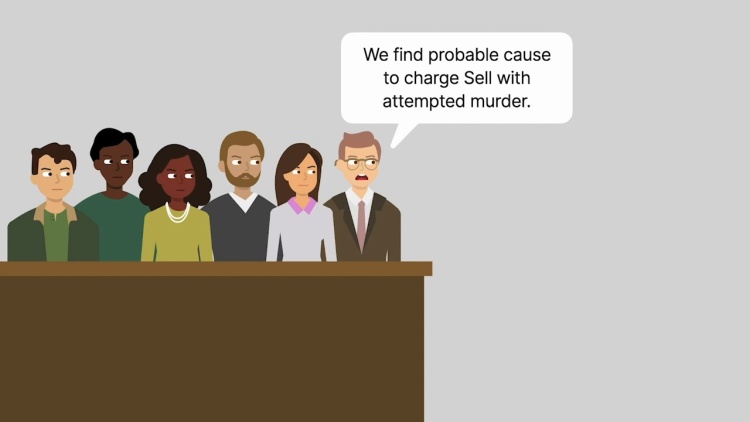Sell v. United States
United States Supreme Court
539 U.S. 166 (2003)

- Written by Rich Walter, JD
Facts
The federal government (plaintiff) charged Charles Sell (defendant) with various non-violent fraud-related offenses. Sell's years-long mental illness and his wild, threatening pre-trial behavior led the federal district court magistrate to commit Sell to a prison hospital until his mental competence to stand trial could be restored. Sell refused the antipsychotic drugs that hospital staffers prescribed in order to restore Sell's competency and reduce the danger he posed to himself and others. The staff requested permission to administer the drugs despite Sell's objections. Successive reviewers, all of whom focused on Sell's dangerousness, endorsed the staff's request. The magistrate judge ordered Sell's involuntary medication, making it clear that he did so on both danger-reduction and trial-competency grounds, and not to restore competency alone. The district court specifically rejected the magistrate's finding that Sell was a present danger to himself or others, but ordered Sell's involuntary medication solely to restore his competency. Both the government and Sell appealed. The Eighth Circuit Court of Appeals upheld the district court's judgment, and the Supreme Court granted certiorari.
Rule of Law
Issue
Holding and Reasoning (Breyer, J.)
What to do next…
Here's why 899,000 law students have relied on our case briefs:
- Written by law professors and practitioners, not other law students. 47,000 briefs, keyed to 994 casebooks. Top-notch customer support.
- The right amount of information, includes the facts, issues, rule of law, holding and reasoning, and any concurrences and dissents.
- Access in your classes, works on your mobile and tablet. Massive library of related video lessons and high quality multiple-choice questions.
- Easy to use, uniform format for every case brief. Written in plain English, not in legalese. Our briefs summarize and simplify; they don’t just repeat the court’s language.





